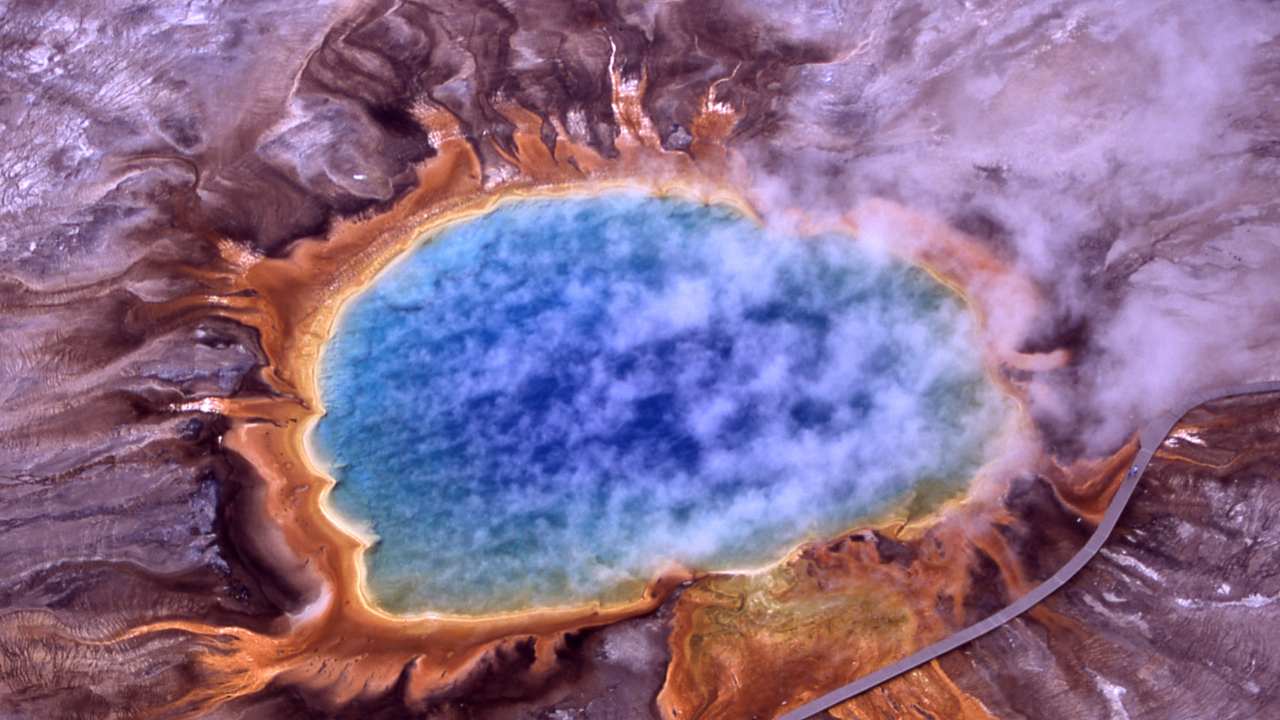Much of what we’ve learned about the life and times on ancient Earth comes from discoveries made by digging deep into the planet’s surface. Fossils of plants, animals and even microbes from millions of years ago are now a crucial means of studying not just the diversity of life at the time, but also conditions during a given period in the planet’s living history.
Now, a study by researchers at Dartmouth College suggests that changes in acid-loving microorganisms that lived during the Earth’s paleolithic era could be a window into the climate, availability of food and energy at the time.
Archaea, a domain of single-celled organisms that don’t have a nucleus like most bacteria, all plants and animals do, were chosen as subjects in the study. Specifically, the researchers picked thermoacidophiles — acid and heat-loving bacteria that have evolved over millennia in hot springs, capable of thriving in some of Earth’s most extreme environments.
The study of climate using fossil remains (paleoclimate) of single-celled microorganisms has grown more complex since it was found that the membranes (outer shell) of these microbes are affected by more than one factor, and not just temperature.
“Biomarkers, like the fat molecules that make up the cell membranes in our own bodies, can be powerful recorders of the environment that can last for billions of years,” William Leavitt, assistant professor of Earth Sciences at Dartmouth, said in a statement. “The motivation of this research was to better explain how archaea respond to all major types of stress in their environment, and how they record that stress in fat molecules that last over geologic time.”
But temperature wasn’t the only variable researchers looked at — they also observed the effects of varying availability of food and energy.
“The idea that access to food stimulates membrane changes has recently been proposed in low-temperature archaea that live in the ocean,” Leavitt, who served as the senior researcher on the study, said in a statement. “This is the first demonstration that this effect occurs in high-temperature, acid-loving microbes as well.”
The study found that limited energy supply was a common cause of changes in the type of proteins and fats these microbes created. They also found some anomalies in existing data resources used to understand past temperatures (i.e, TEX86) using archael membranes. While TEX86 data from sea-surface environments were found mostly accurate, the team of researchers found anolomies in data from polar regions, where temperature predictions based on TEX86 may be inconclusive.
The study hopes to assist geologists and climatologists in fine-tuning records of past sea surface temperatures, and ultimately piece together a portrait of Earth’s past climate record.
“It’s critical that we are as careful as possible when we interpret the geological record,” Leavitt said. “It is pretty rare that there is just one factor at play. We need to understand all the parameters before we make big-picture projections.”



Comment here